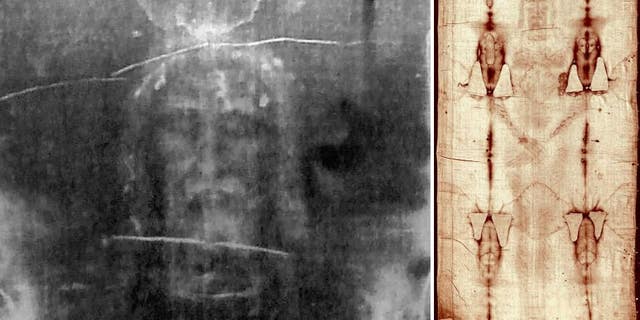SiTU
MUSEUM OF MYSTERIES
THE
SHROUD OF TURIN
The image on
the shroud is much clearer in black-and-white negative
than in its natural sepia color, and this negative image was first
observed in 1898 on the reverse photographic plate of amateur
photographer Secondo
Pia, who
was allowed to photograph it while it was being exhibited. A
variety of methods have been proposed for the formation of the
image, but the actual method used has not yet been conclusively
identified. Despite numerous investigations and tests, the status
of the Shroud of Turin remains murky, and the nature of the image
and how it was fixed on the cloth remains puzzling.[11]
The shroud continues to be both intensely studied and
controversial.[12][5][13]
Many
christian believers accept the authenticity of the Shroud. This linen
was used during Christs funeral and his dead body made an imprint,
still unexplained.
To
end a lot of debate the Church decided to cut of some small parts of
the cloth. The fragments were send to different laboratories for
carbon-dating. This a globally accepted method to date organic
matter. One problem: the determined matter is burned in the process.
The
results were anonymous. The cloth was about 800 years old, woven
around 1100 ad. If this was correct, the cloth was not the shroud of
Jesus.
X-ray
survey show us a male person, whose face looks like the face you see
in Byzantine Art from that period. His crucifixion-wounds are clearly
to be seen, so are blood-patterns as a result from the torture.
But
the image gives us other information. If this was Jesus, he was over
1.80 meters tall, which is considerable larger, as the average Jew
(20 – 30 centimeters).
Strangely
enough, nowhere in the Bible and other scriptures nothing is said
about the extreme height of the Messiah. An explosive argument in the
debate, that is still going on.
The
Turin-clergy is back to “things as usual”. At certain moments
they show the shroud to the pilgrims, who worship it as “the Shroud
of Jesus Christ”.


Geen opmerkingen:
Een reactie posten